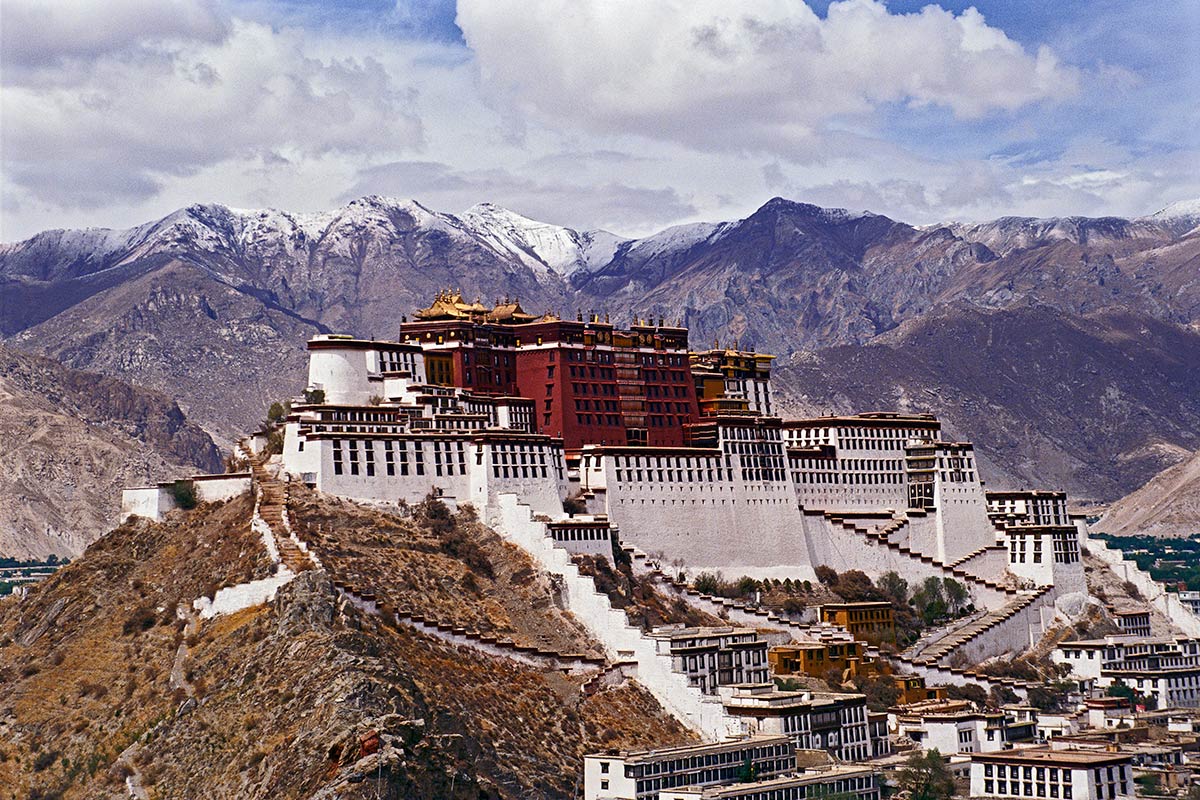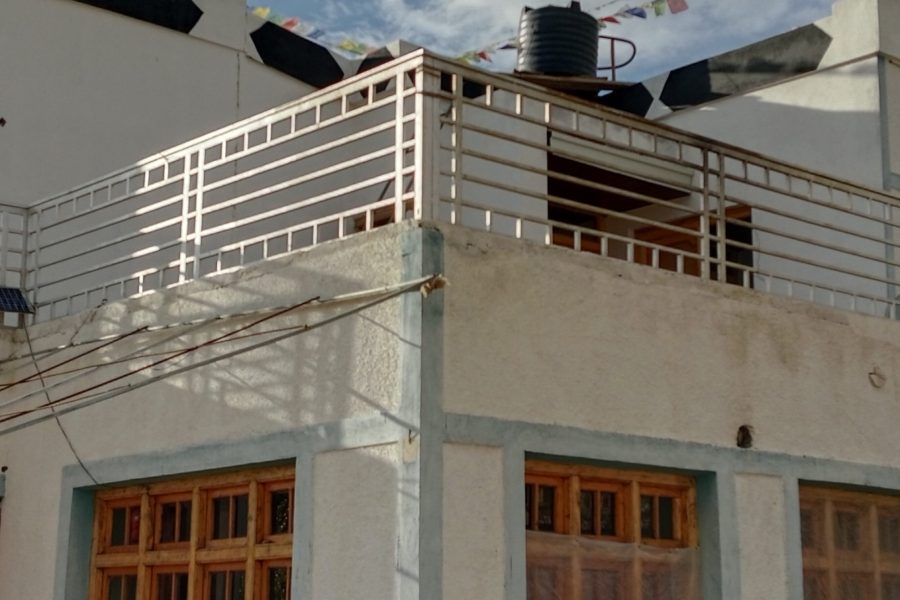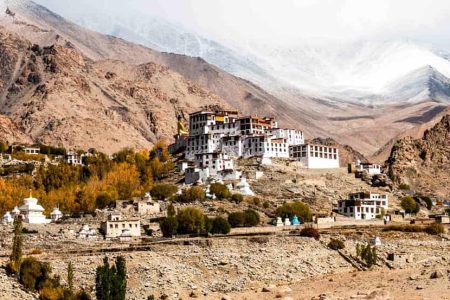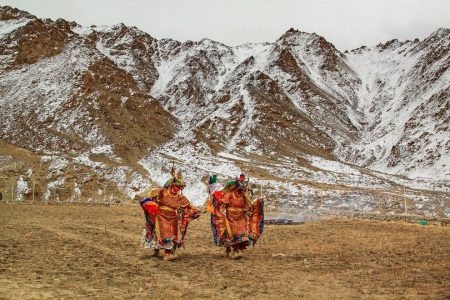Conclusion
Likir Monastery is not just a place of worship; it is a testament to the enduring spiritual heritage of Ladakh’s high-altitude borderlands.
Located about 52 kilometers from Leh, Likir Monastery is one of the oldest and most prominent monasteries in Ladakh. Established in the 11th century by the Tibetan Lama, King Lha-chen, it belongs to the Gelugpa (Yellow Hat) sect of Tibetan Buddhism. Situated at an altitude of 3,500 meters, the monastery offers panoramic views of the surrounding valley, including the Indus River and the majestic Himalayan mountain range.
Likir Monastery is known for its rich collection of ancient Buddhist artifacts, including an impressive 3-story statue of Maitreya (the Future Buddha) that stands at 25 feet. The monastery also houses several prayer halls, stupas, and murals depicting various Buddhist deities and scenes from the life of Buddha. Its architecture blends traditional Tibetan Buddhist designs with Ladakhi influences, with flat roofs, whitewashed walls, and intricate woodwork that adds to the aesthetic appeal of the structure.
The monastery remains a thriving center for Buddhist learning and rituals, home to several monks who engage in daily prayer, meditation, and teaching. Likir is also a major site for pilgrimage, especially during the annual religious festivals, where Cham dances and rituals take place to mark the victory of good over evil. The monastery’s tranquil and spiritual environment makes it a perfect place for those seeking to connect with Buddhist practices.






